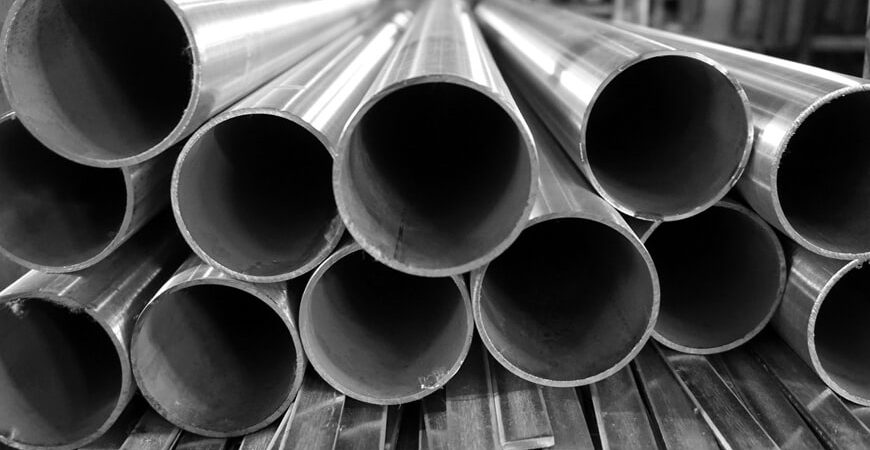
Types Of Pipes To Be Familiar With
One look at PP-R fittings and you might be able to guess the type of pipe that it should be fitted with based on its material. There are different types of pipes that you can at least see or know of, each harboring respective cons and pros, along with the materials they are made of.
Plastic pipe
Rubber pipes. PVC pipes. This is one of the most common types that you will see everywhere. Their commonality is attributed to the cheap costs, resistance to electrical currents and ease of cutting, bending and jointing them together. Because they cannot rust, you also do not have to worry about tasting iron out of nowhere in your water.
Plastic pipes however, become weaker if they carry water in hot temperatures. They are also rendered useless if tempered by nails or so.
Cast iron pipe
That giant, iron pipe that you see outside are called cast iron pipes, and are mainly used as city water-distributed systems due to its high resistance to corrosion and long life, which is up to 100 years.
This specific resistance is achieved when the pipe is submerged in a bituminous compound, and this same procedure improves their hydraulic qualities too. Any cast iron pipes of larger size will be lined with cement mortar.
Cheap and economical, cast iron pipes can be joined, cut and bored easily too. A bell and spigot is the common form of joint for said pipes. Around the spigot will be a few strands of wrapped jute prior to insertion into the bell, then the space between them is filled with molten lead.
Sulfur, cement mortar and other materials are used as joints too, although unlike lead, this will make them less flexible.
Despite their 100-year durability, their strength of carrying water will decrease over time. Any pressure more than seven kilograms per square centimeter is not optimal to cast iron pipes.
Galvanized iron pipe
Galvanized iron pipe, or GI pipes, are made of mild steel sheets and is mainly fitted to supply water, gas and other liquids. They get this namesake based on a process called galvanization, which involves dipping created pipes into zinc solutions to provide protection from rust.
Lasting around 10 years, GI pipes are easy to join, cut, thread and bend, and join together with a socket. They are also lightweight and cheap. These perks come with a price of not being able to withstand acidic or alkaline waters.
Wrought iron pipe
Like GI pipes, wrought iron pipes also carry gas and liquid, and they are in some ways similar to one another, except wrought iron pipes are made by welding wrought iron sheets. Again, they are also lightweight and easy to alter and construct. Besides sockets, flanged and welded joints are also used to join them together.
Copper pipe

Copper pipes appear in small diameters, and they are very durable since they cannot rust. They are fitted to carry hot water and steam, and unlike some other metal pipes like GI and wrought irons, they cannot really bend or sag, even in high temperatures.
You might wonder why you don’t really see copper pipes as often. This is because they are expensive to manufacture, especially when it comes to copper alone. As a result, copper pipes are only used in limited areas, and likely not where you would typically be in public places.

